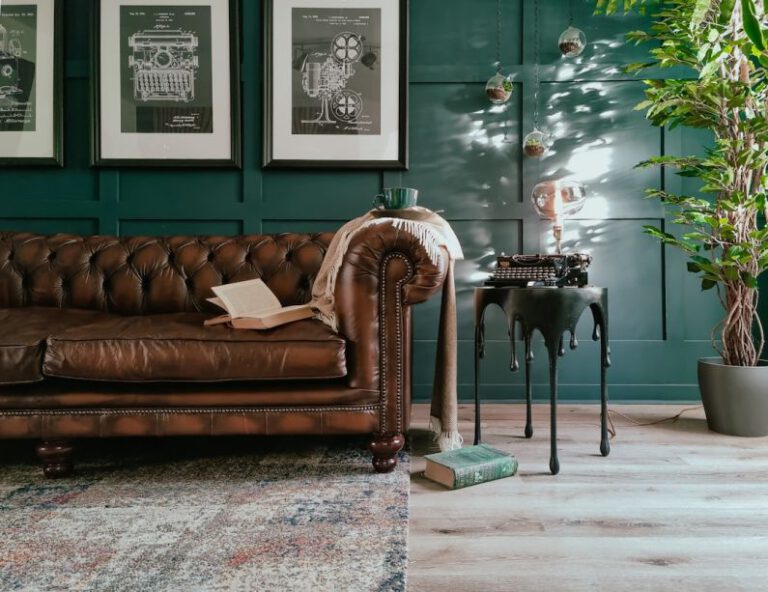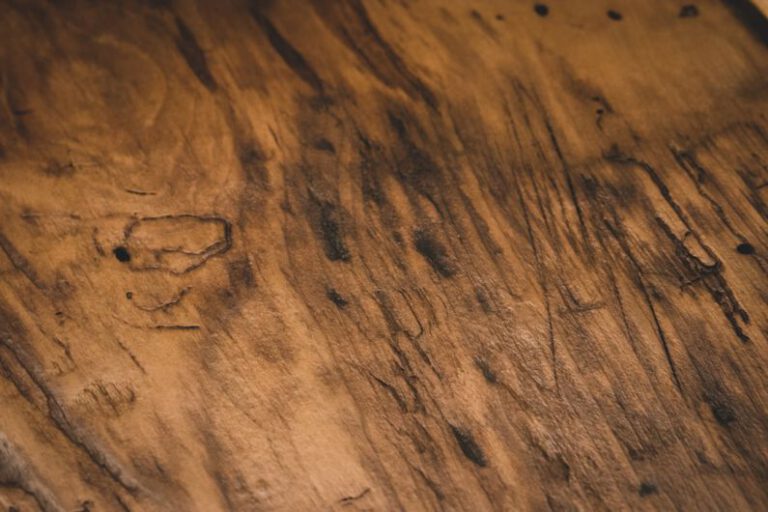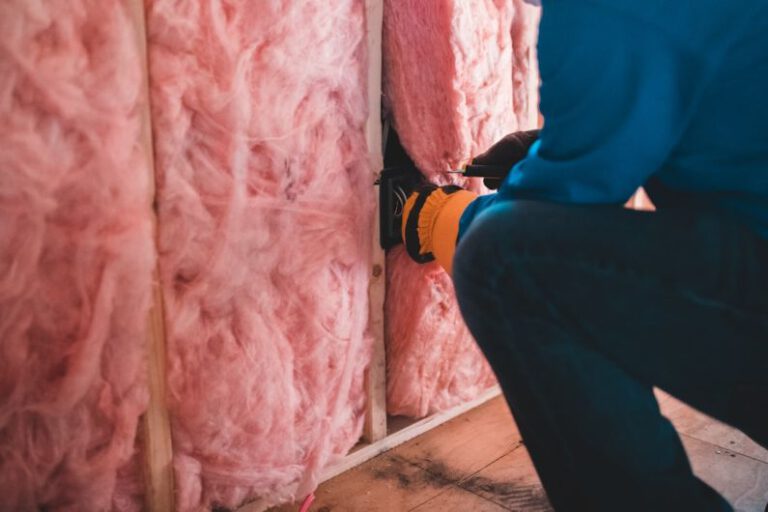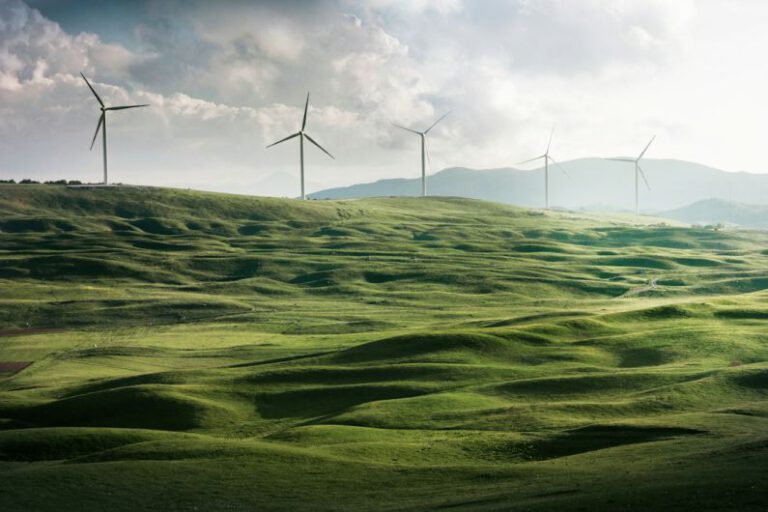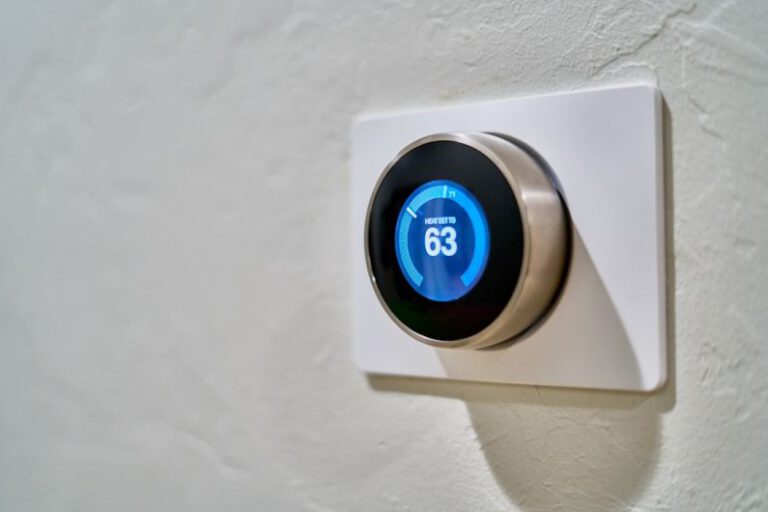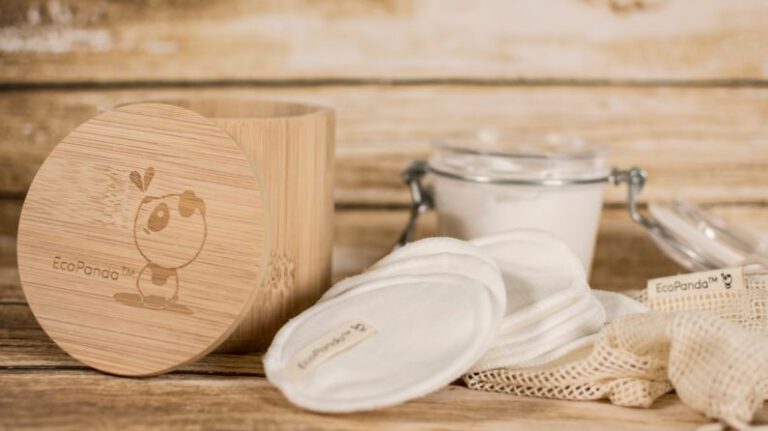Are Green Roofs the Future of Eco-friendly Living?
Green Roofs: The Next Frontier in Sustainable Living
Green roofs have been gaining popularity as a sustainable solution for urban living. With environmental concerns at the forefront of global discussions, the concept of green roofs offers a promising way to address various challenges faced by cities today. From reducing energy consumption to improving air quality and providing habitat for wildlife, green roofs are proving to be a viable option for eco-friendly living. But are green roofs truly the future of sustainable urban development?
Eco-friendly Benefits of Green Roofs
Green roofs provide a range of eco-friendly benefits that contribute to a healthier and more sustainable urban environment. By covering rooftops with vegetation, green roofs help to reduce the urban heat island effect, where cities become significantly warmer than their surrounding rural areas due to human activities. The plants on green roofs absorb sunlight and convert it into oxygen through photosynthesis, which can help to mitigate the heat buildup in urban areas.
Additionally, green roofs act as natural insulators, reducing the energy needed to heat and cool buildings. By providing an extra layer of insulation, green roofs can help to regulate indoor temperatures, leading to lower energy bills and decreased carbon emissions. This can be particularly beneficial in densely populated urban areas where buildings are closely packed together, creating heat traps and increasing energy consumption.
Improving Air Quality and Biodiversity
Another significant advantage of green roofs is their ability to improve air quality in urban areas. Plants on green roofs capture airborne pollutants and particulate matter, helping to purify the air and create a healthier living environment for city residents. By filtering out pollutants, green roofs can contribute to reducing respiratory illnesses and other health issues associated with poor air quality.
Moreover, green roofs provide habitat for birds, insects, and other wildlife in urban settings. As natural spaces become increasingly scarce in cities, green roofs offer a valuable refuge for biodiversity, supporting a diverse range of plant and animal species. By creating green corridors and habitats on rooftops, green roofs help to promote urban biodiversity and enhance the overall ecological balance of urban areas.
Stormwater Management and Urban Resilience
Green roofs also play a crucial role in stormwater management and improving urban resilience to extreme weather events. By absorbing rainwater and reducing runoff, green roofs help to alleviate pressure on stormwater systems and prevent flooding in urban areas. This can be particularly important in cities prone to heavy rainfall and flash floods, where traditional drainage systems may be overwhelmed during storm events.
Furthermore, green roofs can help to extend the lifespan of roofing materials by protecting them from the elements and reducing exposure to temperature fluctuations. By creating a barrier between the building and the external environment, green roofs can help to prevent roof damage and leakage, leading to lower maintenance costs and increased durability of buildings.
The Future of Eco-friendly Living: Embracing Green Roofs
As cities continue to grapple with the challenges of urbanization and climate change, green roofs offer a promising solution for creating more sustainable and resilient urban environments. By harnessing the power of nature to enhance the built environment, green roofs can help to mitigate the impacts of climate change, improve air quality, and promote biodiversity in cities.
Moving forward, it is essential for policymakers, urban planners, and building developers to embrace green roofs as an integral part of sustainable urban development. By incentivizing the implementation of green roof projects and integrating green infrastructure into urban planning strategies, cities can reap the numerous benefits of green roofs and pave the way for a greener, healthier future for all. Green roofs are not just a trend; they are a smart investment in the future of eco-friendly living.

